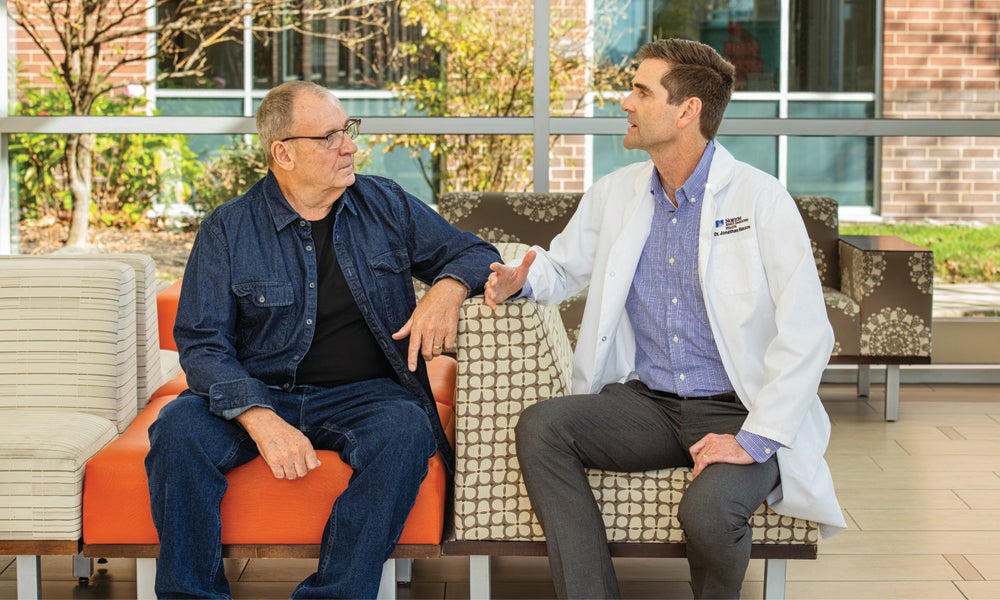How Early Detection, Precision Medicine Can Impact Lung Cancer Outcomes

Edgardo S. Santos, MD, FACP, FASCO, a hematologist and medical oncologist at the Oncology Institute of Hope and Innovation, discussed the progress made in lung cancer understanding over the past 2 decades, emphasizing the need to eliminate the stigma associated with smoking, as 25% of non–small cell lung cancer patients have never smoked.
He highlighted the importance of lung cancer screenings, particularly using low-dose computed tomography (CT) scans, to detect cancers at earlier stages, and stressed the need for more widespread use of these screenings, especially for patients with a 25-year smoking history. Santos also noted the shift toward precision medicine, underscoring the role of genomic studies and targeted therapies in improving patient outcomes and reducing healthcare costs.
This transcript has been lightly edited for clarity.
Transcript
How have perceptions of lung cancer changed over the past few decades, and what role has public health played in shifting these views?
Well, in the last 2 decades, we have seen a lot of progress in lung cancer, and we understand a little bit more. One of the thing that I will take advantage from this interview is to alert everyone that the stigma of being a smoker should go away, and we need to change that mentality, because we need to keep in mind that 25%, a quarter, of all our non–small cell lung cancer patients have never smoked in their life. So we understand that certain changes, either in the environment or sometimes genetics, can explain why these human beings develop lung cancer. So certainly, a smoking history continues to be a major factor but during the last 20 years and more recently, we have made a lot of changes in legislation in trying to control the tobacco and smoking [industries] and also to increase the agenda that we have for smoking cessation.
Concomitantly, one of the major impact that we have made has been on lung cancer screenings. Now, this is crucial because although we have 2 large phase 3 clinical trials proving the decrease in mortality by early detection, based on the NELSON trial and the National Lung Cancer Screening Trial. Still, we are low, at least in our country, in terms of detection. We need to utilize the low-dose CT scan in our clinic.
It’s important that every time we see a new patient, and this advice goes for my colleagues in primary medicine and internal medicine, history is critical. Every patient that has a 25-year smoking history and [fits within new guidelines that] lower [the recommended] age for screening should be sent for lung cancer screening so we can change the paradigm of this disease, which, as we know, it could be fatal for our patients if we found those lung cancers at later stages.
So, the health care system in general understands that all these changes in early detection, patient lung cancer screening, supporting clinical trials to discover new pathways and new drivers so we can precisely deliver personalized medicine will impact the patient’s life, [patient] quality of life, and help the health care system in general, because we are going to be more precise and more cost effective when we deliver the property therapy, rather than giving the same therapy to everyone. That issue of one-fits-all is gone. We understand now that being more precise and more targeted will deliver a better outcome for our patients and also will relieve the burden of the cost of medicine when we don’t know what we are doing. And I think that it has completely changed in the last 5 years. Basically, all these genomic studies that we’ve done and all these new technologies being developed have helped us significantly in that regard.
link






